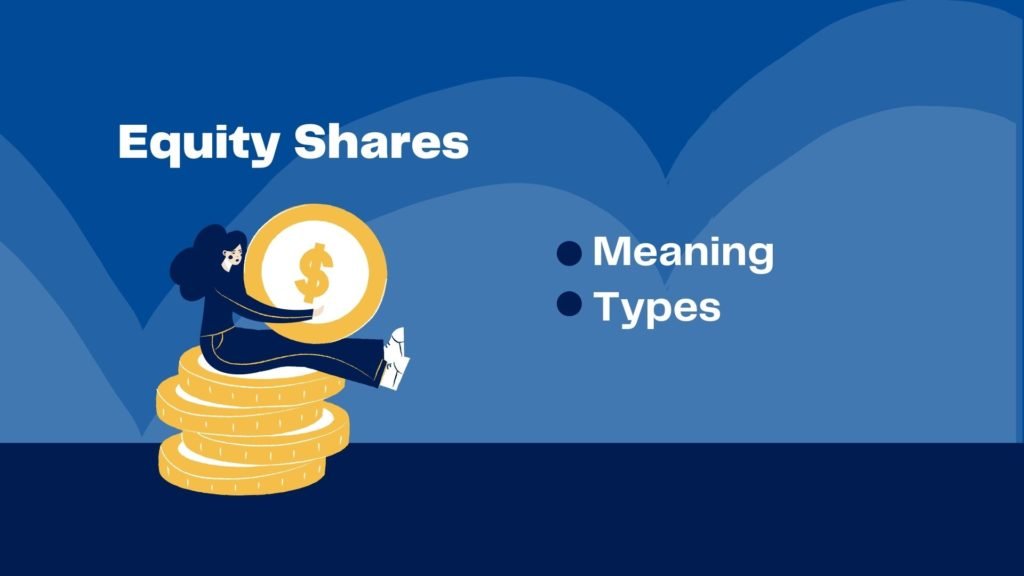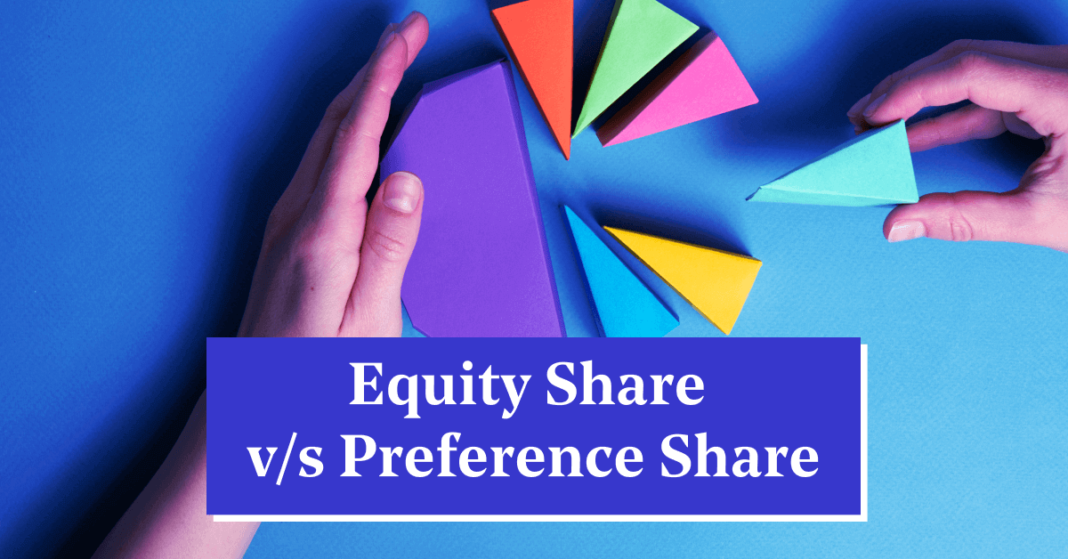There are two main types of shares that a company can issue: equity shares and preference shares. Both have their own advantages and disadvantages, so it’s important to understand the difference between them before making any investment decisions. Equity shares represent ownership in a company, and holders of equity shares are entitled to a share of the profits (if any) that the company generates. Preference shares, on the other hand, do not confer any ownership rights but do give holders the right to receive a fixed dividend from the company.

So, which is better? It depends on your investment goals. If you’re looking for capital appreciation, then equity shares are a better bet. But if you’re looking for income, then preference shares may be a better choice.
Difference between Equity Shares and Preference Shares
Equity shares are the most common type of share, representing ownership in a company. Preference shares are a type of equity share, but with some key differences. Both equity shares and preference shares give the holder voting rights and a share of the profits (if any) in the form of dividends.
However, preference shares typically have a higher dividend rate than equity shares, and they also have priority over equity shareholders when it comes to receiving dividends and getting paid out in the event of liquidation. Finally, preference shares often don’t have voting rights, or may have limited voting rights compared to equity shareholders.
Equity Shares
There are two main types of shares: equity shares and preference shares. Equity shares represent ownership in a company and give the holder the right to vote on company matters and receive dividends. Preference shares, on the other hand, do not confer voting rights but do entitle the holder to fixed dividends and priority over equity shareholders in the event of liquidation.
So what’s the difference between equity shares and preference shares? Here are some key points:
Equity shares
- confer voting rights
- holders are entitled to dividends (which may be variable)
- holders have residual claims on assets in the event of liquidation
- no fixed return, so higher risk but also higher potential rewards
Preference Shares
- no voting rights
- holders are entitled to fixed dividends
- holders have priority over equity shareholders in the event of liquidation
- more predictable returns but also lower potential rewards
Preference Shares
Preference shares are a type of equity share, but with some key differences. For one, preference shareholders have a priority claim on earnings and assets in the event of liquidation, meaning they will be paid out before common shareholders. Additionally, preference shares often carry special voting rights and may be redeemable (meaning the company can buy them back from investors). Finally, preference shares typically pay dividends at a fixed rate, while common stock dividends can rise and fall with profits.

